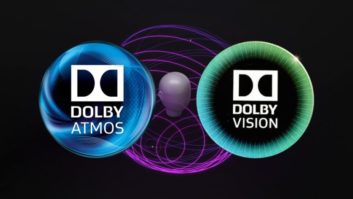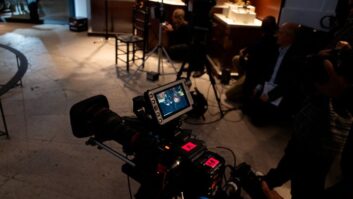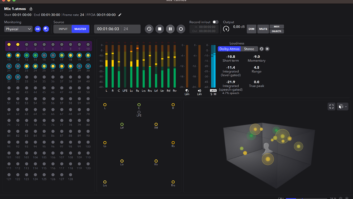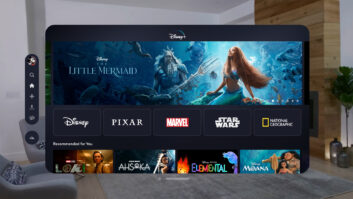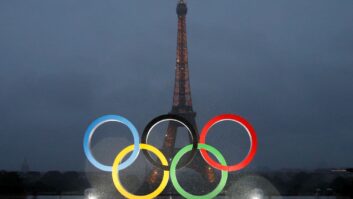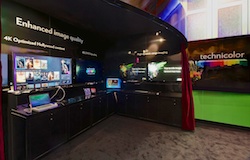
Richer pixels rather than more pixels are seen by some as key to a compelling consumer Ultra HD proposition with several companies working to deliver enhanced Ultra HD from capture to screen.
At CES, Technicolor presented work on High Dynamic Range (HDR) video technologies developed by its Research and Innovation teams. It said that HDR technologies provide exceptional image realism with the reproduction of impressive brightness and contrast “strikingly superior” to the capabilities of conventional displays. HDR enhances the levels of brightness and darkness irrespective of format evolution, for HD, 4K UHD and beyond.
In a demo of HDR, Technicolor said it was addressing HDR “in a holistic way”, from the capture of new content to deployment through efficient, flexible compression technology to enabling delivery on existing infrastructures, primed with high-fidelity tone mapping adapting legacy content to HDR displays as they become available.
HDR technologies were demonstrated around three different axes:
Capture: Technicolor plays an active role exploring ways to capture HDR content to enable timely deployment of an HDR content workflow. As leader of the NEVEx collaborative project it says it was first to realise HDR content capturing at 20-fstops by using simultaneous exposure of two Sony F65 cameras in a 90º rig configuration.
Compression: Technicolor has developed a proprietary solution for delivering HDR content and is actively contributing to standardisation activities on HEVC extensions for HDR and wide Colour Gamut in MPEG, ITU-T and applications standard committees such as DVB and ATSC 3.0.
Dynamic range expansion: Technicolor is also experimenting with technology for the creation of high quality content for HDR displays derived from legacy content using Inverse Tone Mapping.
Technicolor said it would licence the suite of technologies just as Dolby Vision plans for its similar HDR system.
Dolby’s Vision
News from Dolby about Dolby Vision is that it is very likely to receive the public backing of BSkyB and HBO. It is already supported by Netflix, Amazon Instant Video, Microsoft Xbox Video and Vudu.
Its results are indeed impressive. At CES, Dolby showed side-by-side comparisons of Sony Pictures’ movie Oblivion on Dolby’s own $40,000 PRM-4200 reference grade monitor, as used by the likes of Steven Spielberg to colour correct films, and a prototype reference monitor showing the effect of Dolby Vision on the clips. The image shown on the standard monitor is shown left (top) and the output of the new Dolby Vision monitor below.
Even though both models feature the same 2K panel, the Dolby Vision monitor had an increased backlight with about four times more LEDs (reaching 4000 nits) and showed images visibly more luminant and crisper to the eye.
“We made the test with the monitor just to see what the results would be like and it is turning into a first step of change for the industry,” said Sherif Gallab, Dolby’s director for product marketing imaging and video technology.
“We are recommending that a next-generation Ultra HD format should range from zero to 10,000 nits,” he added. Most UHD TV sets would, he suggested, be capable of showing 4K in true Dolby Vision provided they included two HEVC encoders.
Post producers would be required to buy new Dolby Vision-compliant reference monitors. A number of consumer OEMs including Sharp, Vizio and TCL each had preview sets at CES due to launch this year.
Editing, mastering and grading tools would also need upgrading. Dolby is also on track to release a first Dolby Vision plug-in for grading tools such as Da Vinci at NAB.
Up to 25 projects are currently in production using the format. These are likely to include Netflix’s House of Cards 2.
Dolby Vision is also intended to enhance the cinema viewing experience and the company has lined up the support of a projector manufacturer (this will likely be Christie Digital).
According to Gallab the additional data required to compress these richer pixels into manageable bandwidths coded in HEVC is 20% more than current UHD levels.
“This is well within the capabilities of the HEVC codec and should present no problem in post or transmission,” he said.
By Adrian Pennington
www.dolby.com
www.technicolor.com
